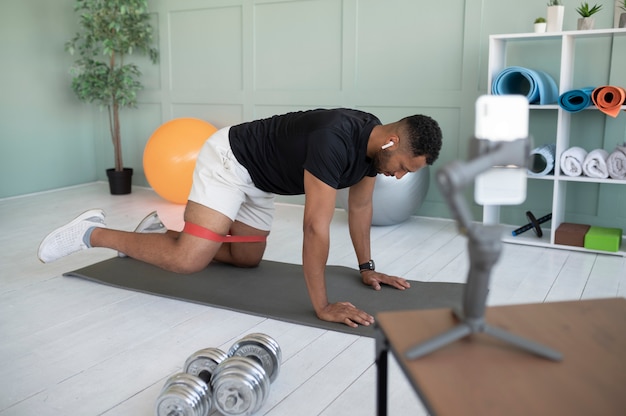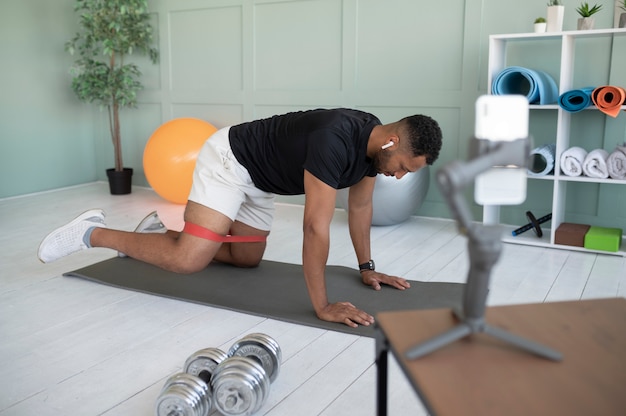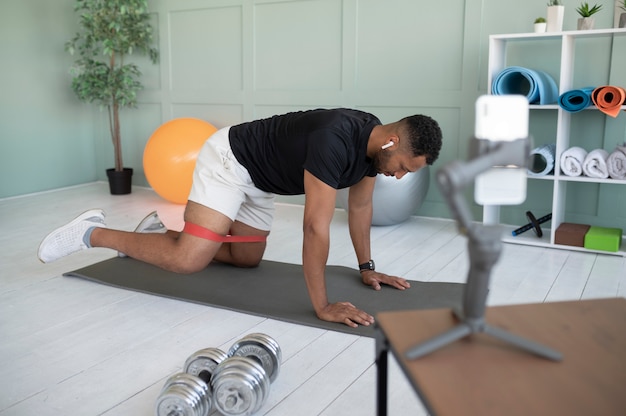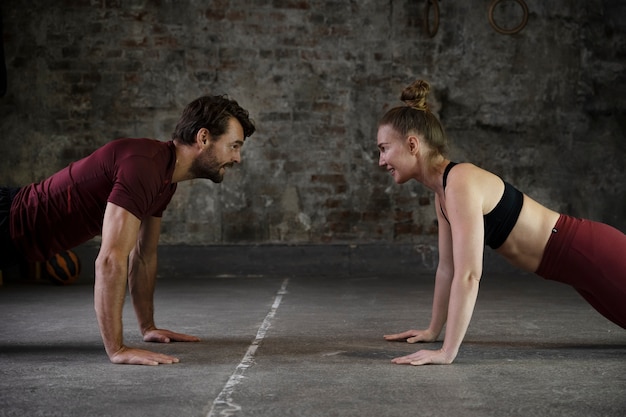HIIT vs Steady-State Cardio: Which One Actually Builds More Strength for Beginners?
If you're new to the gym and trying to build strength, you've probably heard conflicting advice about cardio. Should you go all-in on high-intensity interval training (HIIT), or is steady-state cardio better for your goals? Let’s break it down with simple, coach-style guidance—no jargon, just clear facts and practical tips to help you make the right choice.
What Are HIIT and Steady-State Cardio?
Before comparing them, let’s define both:
- HIIT (High-Intensity Interval Training): Short bursts of intense effort (like sprinting or burpees) followed by brief rest or low-intensity recovery. A typical session lasts 15–30 minutes.
- Steady-State Cardio (LISS): Low- to moderate-intensity exercise (like brisk walking or cycling) sustained over 30–60 minutes at a consistent pace.
Does Cardio Build Strength?
First, clarify the goal: cardio doesn’t build muscle like weightlifting does. But it can support strength development by improving recovery, endurance, and body composition. The real question is: which type of cardio complements strength training best for beginners?
HIIT: The Strength-Supporting Powerhouse
HIIT is often praised for its efficiency and metabolic benefits. For strength-focused beginners, it offers several advantages:
- Muscle Engagement: Many HIIT exercises (like jump squats, mountain climbers, or kettlebell swings) activate large muscle groups, supporting neuromuscular coordination.
- Hormonal Response: Short, intense efforts can boost growth hormone and adrenaline, which may support muscle preservation during fat loss.
- Time Efficiency: Great for busy schedules—just 20 minutes, 2–3 times per week.
Coach’s Tips for Safe HIIT (Beginner-Friendly!)
- Form First: Focus on controlled movements. Example: In a squat jump, land softly with knees aligned over toes to avoid joint stress.
- Modify Intensity: Can’t sprint? Do fast marching in place. No burpees? Step back instead of jumping.
- Limit Frequency: Stick to 2 sessions per week. HIIT is taxing—your body needs recovery to build strength.

Steady-State Cardio: The Unsung Hero for Recovery
LISS (Low-Intensity Steady-State) is often overlooked but offers unique benefits, especially for new lifters:
- Active Recovery: A 30-minute walk on rest days increases blood flow to muscles, helping reduce soreness.
- Low Stress: Doesn’t spike cortisol like intense workouts, which helps prevent overtraining.
- Consistency: Easier to stick with long-term, supporting overall fitness and heart health.
How to Use LISS to Support Strength Goals
- Do LISS on non-lifting days or after strength sessions.
- Keep effort at 50–60% of max—able to talk comfortably.
- Choose low-impact options: walking, cycling, or elliptical.

So, Which Is Better for Building Strength?
The answer: Neither builds strength directly—but both can support it when used wisely.
Research shows HIIT can improve aerobic fitness and body composition efficiently, but it’s not inherently superior for strength. Steady-state cardio, while less flashy, supports recovery and sustainability—key for long-term progress.
Your Beginner Game Plan
- Focus on Strength Training: 3–4 days per week of compound lifts (squats, push-ups, rows).
- Add 1–2 Cardio Sessions Weekly: Start with LISS (e.g., 30-min walk) to build stamina.
- Try One HIIT Session: After 4 weeks, add a 15–20 minute beginner HIIT (e.g., 30s fast walk, 60s slow walk).
- Listen to Your Body: If you’re sore or tired, swap HIIT for LISS or rest.
Final Thoughts
For gym newbies aiming to build strength, the best cardio is the one that helps you stay consistent, recover well, and avoid injury. HIIT can be a powerful tool, but it’s not mandatory. Steady-state cardio is not 'boring'—it’s foundational.
Start simple. Master form. Prioritize recovery. And remember: strength is built in the gym, but supported by smart, balanced habits outside it.

















